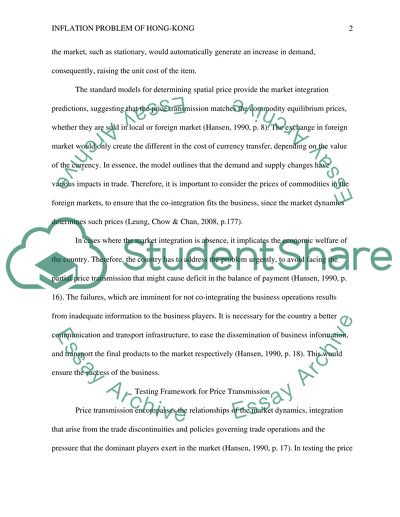Cite this document
(“Inflation problem of Hongkong Essay Example | Topics and Well Written Essays - 5000 words”, n.d.)
Retrieved de https://studentshare.org/macro-microeconomics/1391141-inflation-problem-of-hongkong
Retrieved de https://studentshare.org/macro-microeconomics/1391141-inflation-problem-of-hongkong
(Inflation Problem of Hongkong Essay Example | Topics and Well Written Essays - 5000 Words)
https://studentshare.org/macro-microeconomics/1391141-inflation-problem-of-hongkong.
https://studentshare.org/macro-microeconomics/1391141-inflation-problem-of-hongkong.
“Inflation Problem of Hongkong Essay Example | Topics and Well Written Essays - 5000 Words”, n.d. https://studentshare.org/macro-microeconomics/1391141-inflation-problem-of-hongkong.


